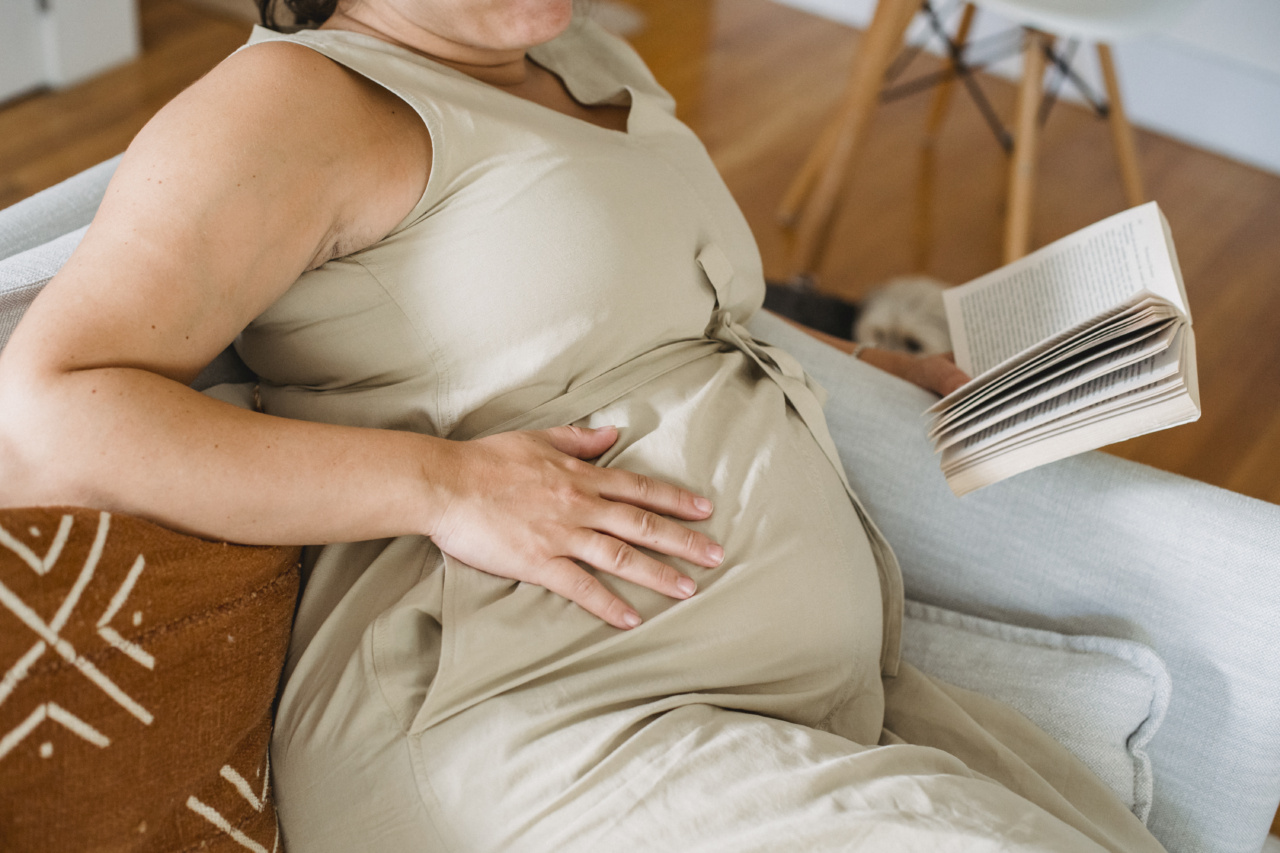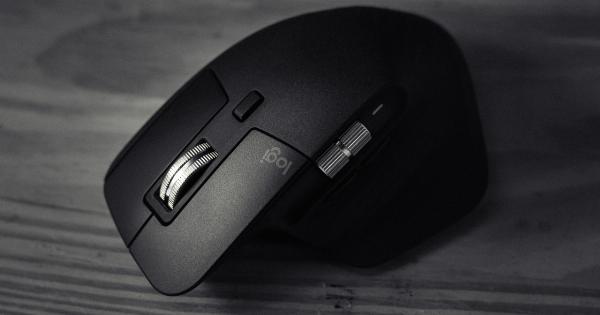Arthroscopy is a minimally invasive surgical procedure that uses a small camera, called an arthroscope, to examine and repair the structure of a joint. It is a common technique used in orthopedics to diagnose and treat various joint conditions.
Dual concomitant arthroscopy, on the other hand, is a technique used to perform simultaneous arthroscopic surgeries on two different joints. It is a challenging and complex procedure that requires a high level of surgical skill and expertise.
The traditional approach to dual concomitant arthroscopy
The traditional approach to dual concomitant arthroscopy involves performing two separate surgeries, with the patient undergoing anesthesia twice and having to undergo two separate postoperative recovery periods.
This approach is not only costly and time-consuming but also increases the risk of complications. Additionally, performing two surgeries in a single day can be physically and mentally exhausting for both the patient and the surgeon.
The MOTHER approach: A game-changer in dual concomitant arthroscopy
The MOTHER approach, which stands for Motorized Orthopedic Table for Hip and Extremities Repositioning, is a novel method of performing simultaneous arthroscopic surgeries on two different joints.
Developed by a team of orthopedic surgeons, the MOTHER approach utilizes a specially designed operating table that can be adjusted to position the patient in a way that maximizes accessibility to both joints.
With the MOTHER approach, the patient is positioned on their side with the lower leg stretched out, while the operating table is adjusted to provide adequate access to both the hip and knee joint.
The surgeon can then perform arthroscopy on both joints simultaneously, without the need for repositioning the patient or the surgical team.
The benefits of the MOTHER approach
- Reduced cost: By avoiding the need for two separate surgeries and hospital stays, the MOTHER approach reduces overall healthcare costs.
- Reduced anesthesia exposure: When two surgeries are performed in one day, the patient must undergo anesthesia twice. The MOTHER technique eliminates this requirement.
- Reduced recovery time: With the simultaneous surgeries, the patient has to go through only one recovery period, which is shorter than if the two surgeries were done separately.
- Reduced complications: By reducing the number of surgeries and the time under anesthesia, the risk of complications is decreased.
Who is a candidate for the MOTHER approach?
Candidates for the MOTHER approach are patients who require simultaneous arthroscopic surgeries on two different joints, such as the hip and knee.
Patients who have contraindications for general anesthesia, such as those with severe lung or heart disease, may not be eligible for this approach.
Conclusion
The MOTHER approach to dual concomitant arthroscopy is a game-changer in the field of orthopedic surgery. This technique not only reduces healthcare costs but also minimizes the risk of complications and shortens recovery time.
With its special operating table and surgical technique, the MOTHER approach offers a safer, more efficient, and less invasive alternative to the traditional approach to dual concomitant arthroscopy.





























